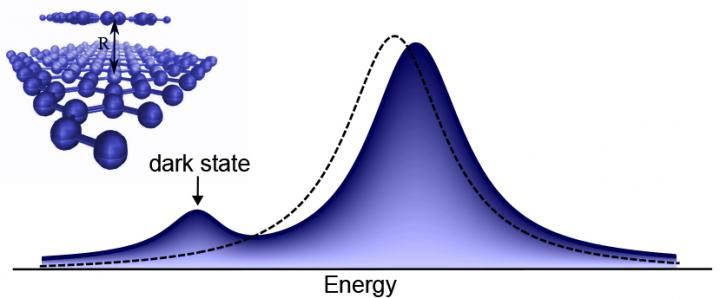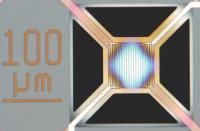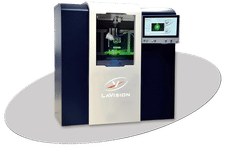Optical fingerprint can reveal pollutants in the air
New method of detecting molecules with sensors based on ultra-thin nanomaterials
More efficient sensors are needed to be able to detect environmental pollution. Researchers at Chalmers University of Technology have proposed a new, sophisticated method of detecting molecules with sensors based on ultra-thin nanomaterials. The novel method could improve environmental sensing in the future.

Molecules are identified by activating dark electronic states in the sensor material, resulting in a new visible peak. The altered optical fingerprint of the material proves the presence of molecules.
Maja Feierabend and Ermin Malic
"This could open up new possibilities for the detection of environmental gases. Our method is more robust than conventional sensors, which rely on small changes in optical properties", says Maja Feierabend, PhD student at the Department of Physics and the main author of the article from Chalmers University of Technology and Technische Universität Berlin.
Together with her supervisor, Associate Professor Ermin Malic, and Gunnar Berghäuser, postdoctoral researcher at Chalmers, she has proposed a new type of chemical nanosensor that consists of atomically thin nanomaterials that are extremely sensitive to changes in their surroundings.
If you shine light on the sensor, you will see the optical fingerprint of the material itself. Molecules are identified by activating dark electronic states in the sensor material. If there are molecules on its surface, they will interact with these dark states and switch them on, making them visible. The result is an altered optical fingerprint, containing new features that prove the presence of the molecules.
"Our method has promising potential, paving the way for ultra-thin, fast, efficient and accurate sensors. In the future, this could hopefully lead to highly sensitive and selective sensors that can be used in environmental research", says Ermin Malic.
The researchers have filed a patent application for the novel sensor method. The next step is to work with experimental physicists and chemists to demonstrate the proof-of-principle for this new class of chemical sensors.
Original publication
Other news from the department science
These products might interest you
Most read news
More news from our other portals
See the theme worlds for related content
Topic world Sensor technology
Sensor technology has revolutionized the chemical industry by providing accurate, timely and reliable data across a wide range of processes. From monitoring critical parameters in production lines to early detection of potential malfunctions or hazards, sensors are the silent sentinels that ensure quality, efficiency and safety.

Topic world Sensor technology
Sensor technology has revolutionized the chemical industry by providing accurate, timely and reliable data across a wide range of processes. From monitoring critical parameters in production lines to early detection of potential malfunctions or hazards, sensors are the silent sentinels that ensure quality, efficiency and safety.





























































